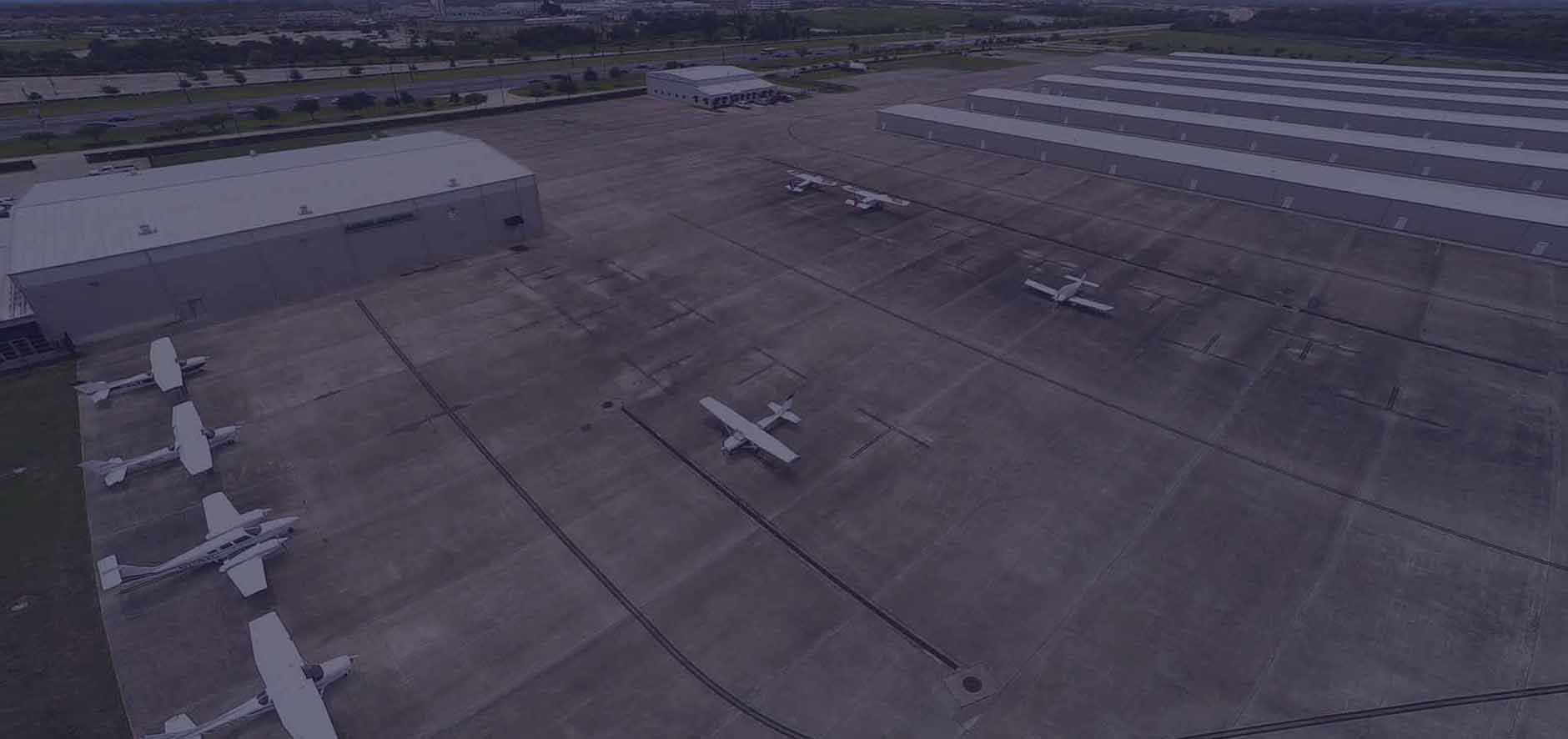
East Hampton Airport Business Plan

R.A. Wiedemann & Associates, Inc., performed a business plan for East Hampton Airport in 2002. Issues considered by the plan included maintenance and upgrading of the existing facility, potential development of Airport property, strict interpretation of environmental laws, continued convenience for all users, and development of public service/intangible benefits of the Airport. Other issues include the potential release of property for non-aviation uses, the recent increases in jet and helicopter operations, and economic benefits of the Airport. The recommended plan of action incorporated four primary strategic initiatives:
-
Existing Facility Preservation: Benefits derived from the Airport were dependent upon the active preservation of existing facilities and services. Therefore, it was recommended that facility preserving actions be taken primarily for existing pavements.
-
Airport Property Use: It was recommended that Airport property be used for both aviation and non-aviation purposes to enhance revenues and create economic development opportunities.
-
Industrial Road Leases: With the FAA release of this property, lease revenues from non-aviation land uses were able to be increased through the rent-up of vacant parcels.
-
Intangible Assets: It was recommended that the Airport serve as a catalyst for community-benefit development such as recreational fields, an intermodal terminal, or a location for affordable housing.

